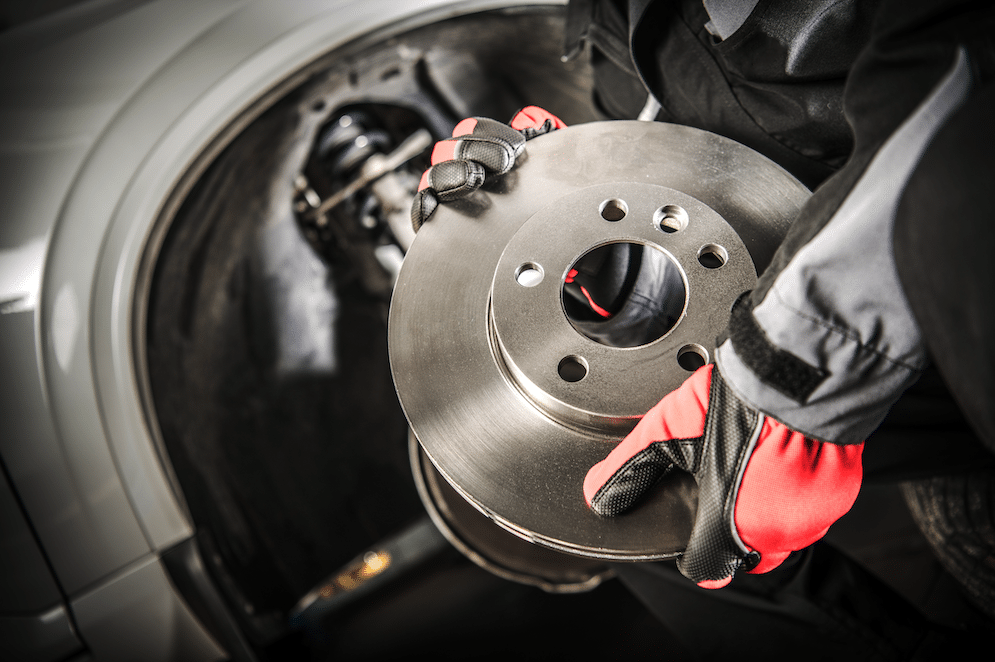Your timing belt or cambelt is one of the most important car parts in your vehicle’s engine. It keeps everything working together at the correct times. When it fails, the engine damage can be severe and expensive. Knowing when to replace your timing belt could save you thousands of pounds.
What Does a Timing Belt Do?
In an internal combustion engine, the timing belt connects the crankshaft to the engine’s camshaft. It ensures the valves open and close at precisely the right moments, stopping them from crashing into the pistons. Some car engines use a timing chain instead, which works the same way but rarely needs replacing.
Without a working timing belt, your engine stops immediately. The valves and pistons can collide, causing engine damage that costs between £1,000 and £4,000 to repair.
When Should You Replace Your Timing Belt?
Most manufacturer recommendations suggest replacing your timing belt every 40,000 to 100,000 miles, or every 4 to 5 years, whichever comes first. This varies by make and model.
Here are typical replacement intervals for popular cars:
| Car Make & Model | Replacement Interval |
|---|---|
| Vauxhall Corsa | Every 40,000 miles or 4 years |
| Renault Clio | Every 72,000 miles or 5 years |
| Ford Focus | Every 100,000 miles or 10 years |
| Volkswagen Golf | Every 60,000 miles or 5 years |
Always check your vehicle’s handbook for the specific recommendation. If you don’t know when the belt was last changed, it’s safer to replace a timing belt as a precaution.
Warning Signs Your Timing Belt Needs Replacing
These are the key warning signs to watch for:
1. Unusual Engine Noises
If you hear ticking or slapping sounds from the front of your engine, your timing belt might be loose or damaged. Don’t ignore this noise. Switch off your engine and contact a mechanic straight away.
2. Engine Misfire
When the belt wears down, it can cause an engine misfire. You might notice the engine running roughly, stuttering, or losing power. This needs immediate attention through car diagnostics.
3. Rough Idling
If your car shakes more than usual when idling, this could indicate timing belt problems affecting how smoothly your engine runs.
4. Engine Won’t Start
If your timing belt has broken, your engine won’t start at all. You might hear the starter motor trying, but the engine won’t fire up. At this stage, you may already have serious engine damage.
5. Visible Wear
Look for cracks, fraying, or shiny, worn surfaces during a service. Any visible damage means the belt needs replacing immediately.
Why Timing Belt Failure Is Serious
Timing belt failure causes immediate problems. The engine stops, your power steering becomes heavy, and your brake pedal becomes harder to press.
Inside the engine, the consequences can be catastrophic. The pistons and valves crash into each other, causing damage that often costs more than the car’s value. This is why prevention is always better than repair.
What Happens During Belt Replacement?
When you replace your timing belt, a good garage will check or replace related components. A timing belt kit typically includes the water pump (which the belt drives), tensioners, and pulleys. Replacing these parts together saves money because they wear at similar rates.
The Highway Code recommends checking your vehicle regularly to ensure critical systems work properly. Regular servicing helps catch problems before they cause timing belt failure.
What Affects Belt Life?
Age matters as much as mileage. Even with low mileage, rubber degrades over time. Heat, moisture, and oil leaks all shorten a belt’s life. A 10-year-old belt with 30,000 miles can be as likely to fail as one with 100,000 miles in 5 years.
Don’t Risk Engine Damage
Belt replacement is essential maintenance, not optional. You can’t check the belt’s condition without special tools and taking the engine apart.
If your car is approaching the recommended interval, book it in before failure occurs. If you notice any warning signs, get car diagnostics done immediately.
How First Auto Centre Can Help
At First Auto Centre in East Ham, our experienced mechanics can check whether your timing belt needs replacing and carry out the work to the highest standards. With over 20 years of combined experience, we understand this job’s importance.
We follow manufacturer recommendations, use quality parts, and check all related components to protect your engine. Most of our services come with warranties for your peace of mind.
Don’t risk costly engine damage. Contact us today at 1 Lawrence Road, East Ham, E6 1JN. We’re here to keep your vehicle running safely and reliably.








